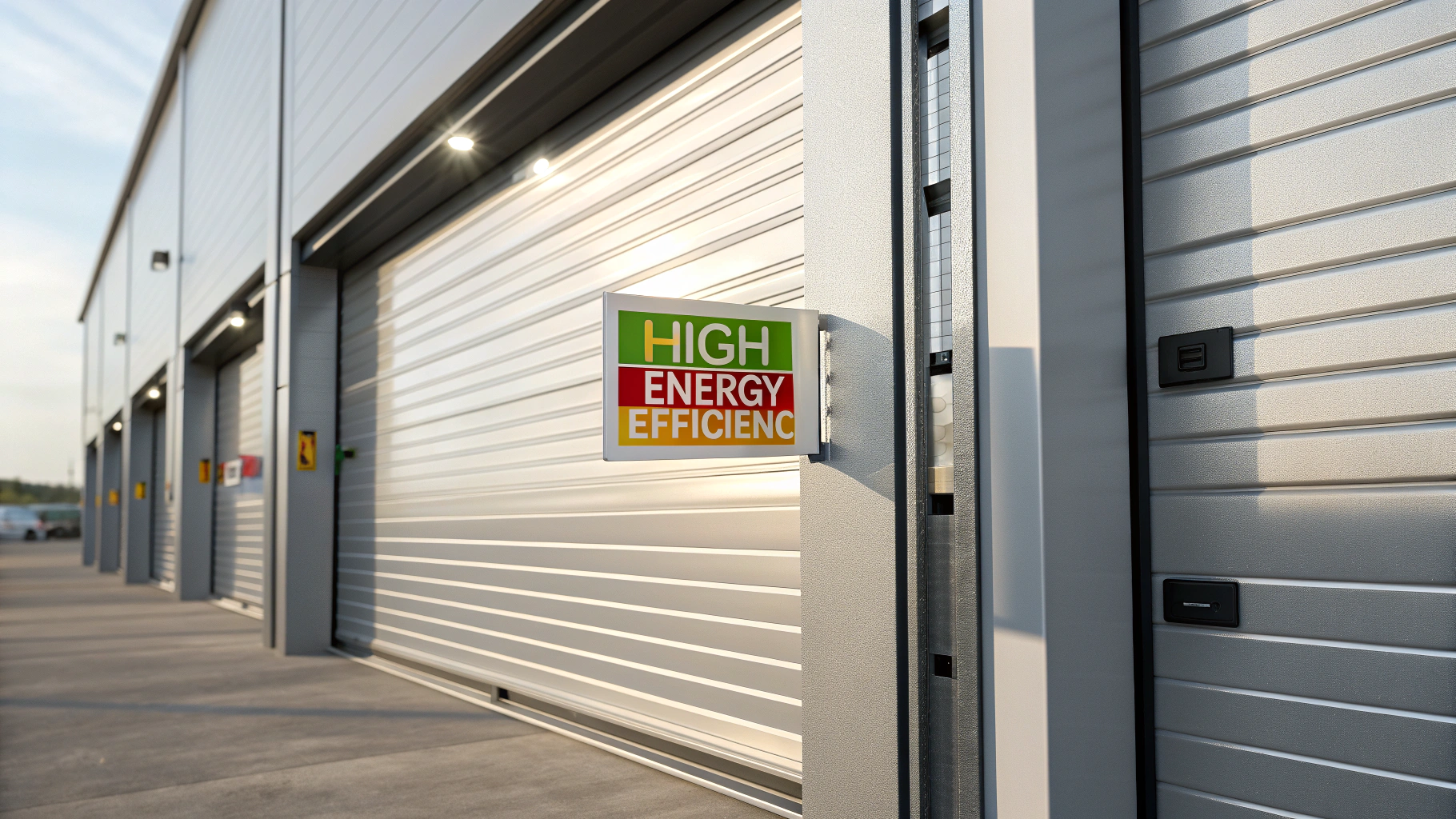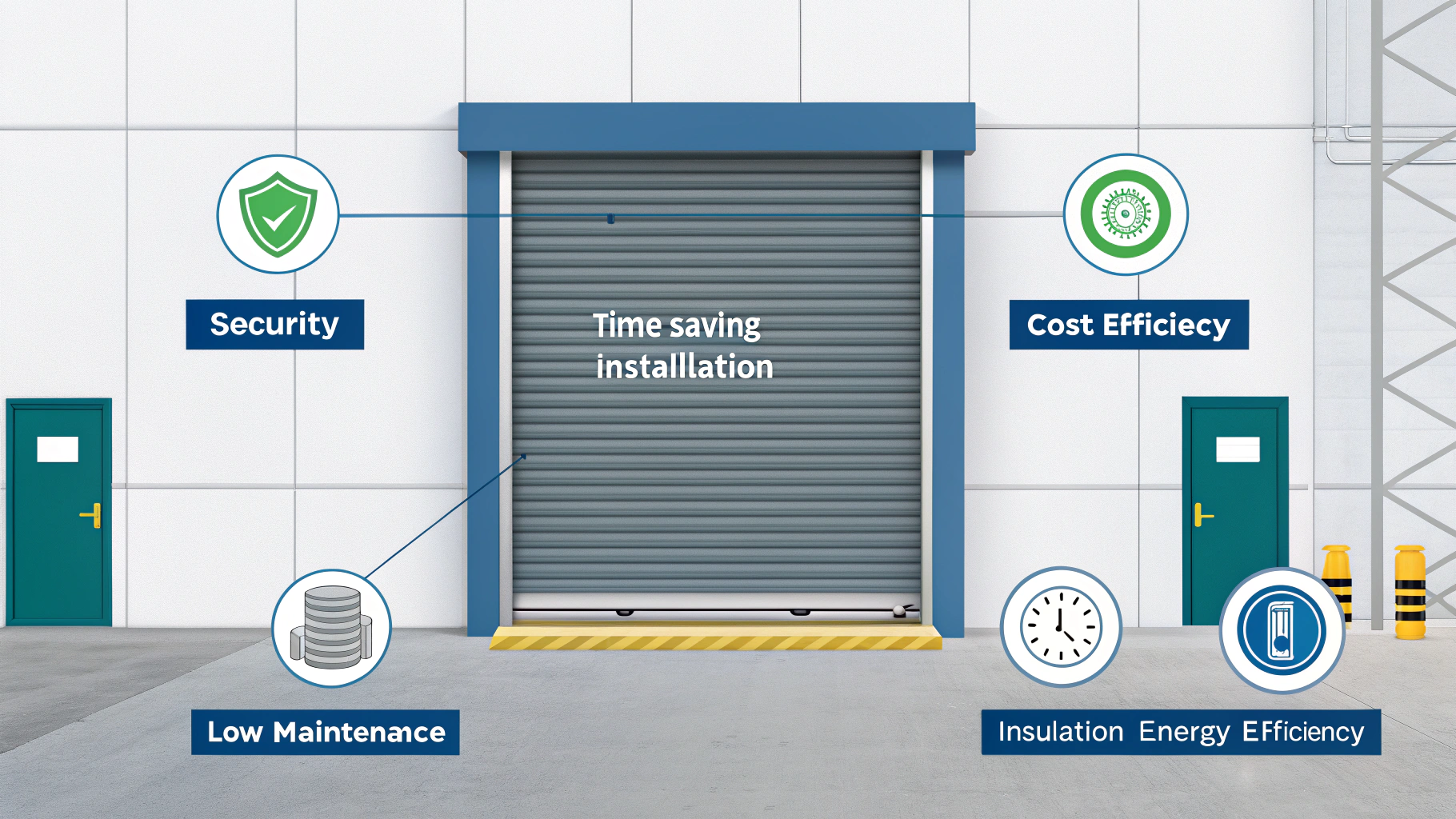Commercial Rolling Doors Review: Top Types & Benefits for Businesses
In an era where businesses demand efficiency, security, and durability, commercial rolling steel doors have become more than just functional barriers—they’re strategic investments. From warehouses in Chicago to retail storefronts in Miami, these doors protect assets, streamline operations, and cut long-term costs. This review explores the latest industrial rolling door models, their benefits, and how to choose the right fit for your business.
Types of Commercial Rolling Steel Doors
Understanding your options is the first step. Here’s what’s trending in 2025:
Rolling Service Doors
The backbone of loading docks and parking garages, these doors coil vertically into a compact drum, freeing up floor space. Choices include:
Non-insulated doors: Affordable and lightweight, ideal for moderate climates.
Insulated doors: Packed with polyurethane foam (R-values up to 8.1), they slash HVAC costs by stabilizing temperatures. A Midwest auto parts warehouse cut its annual energy bill by $12,000 after installing insulated doors 12.
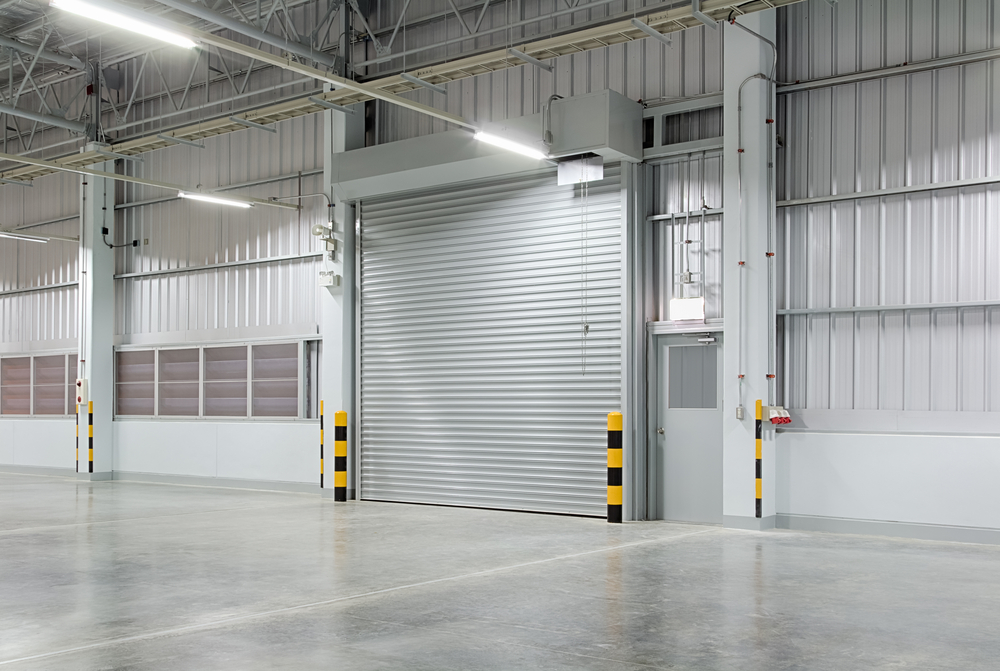
Specialized Industrial Rolling Doors
- Fire-rated doors: Meet NFPA 80 standards with automatic closures during emergencies, like C.H.I. Guardian™ models that deploy in seconds 34.
- High-speed RapidSlat doors: Built for food processing plants, they handle 60+ daily cycles without wear, thanks to reinforced steel guides 36.
- Security roll-ups: Tamper-proof locks and fingerprint scanners deter theft—a game-changer for Los Angeles retailers battling break-ins 78.
Material matters too. Coastal businesses favor aluminum for salt resistance, while galvanized steel dominates high-impact zones like Detroit assembly lines 910.
Why Businesses Choose Rolling Steel Doors
Security You Can Trust
These doors are fortresses. Forced entry? Nearly impossible. Cornell’s Thermiser Max® series uses pharmaceutical-grade seals and military-grade steel, surviving millions of cycles in biotech labs 28.
Energy Savings That Add Up
Insulated doors aren’t just sturdy—they’re money-savers. Clopay’s ENERGY STAR-rated Pro Series reduces heat transfer by 30%, a win for cold storage facilities in Minnesota 114.
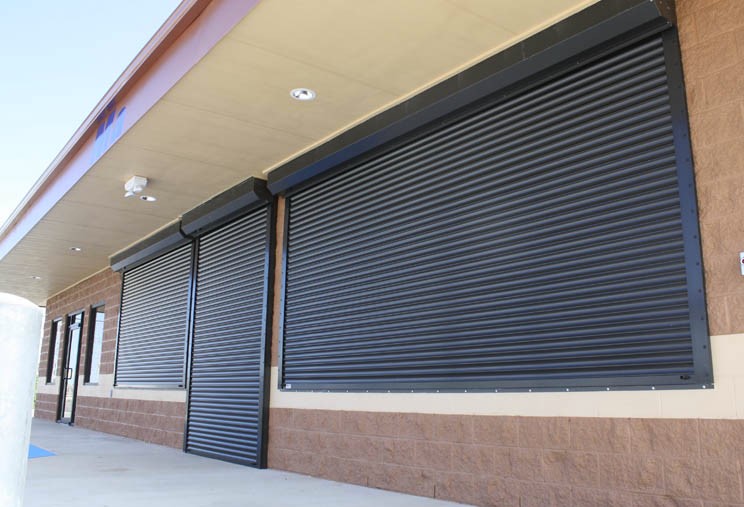 Space-Smart Design
Space-Smart Design
No wasted square footage. Unlike sectional doors that swing out, rolling doors tuck neatly overhead. Their compact build needs just 10.5” of headroom—perfect for cramped urban warehouses 1516.
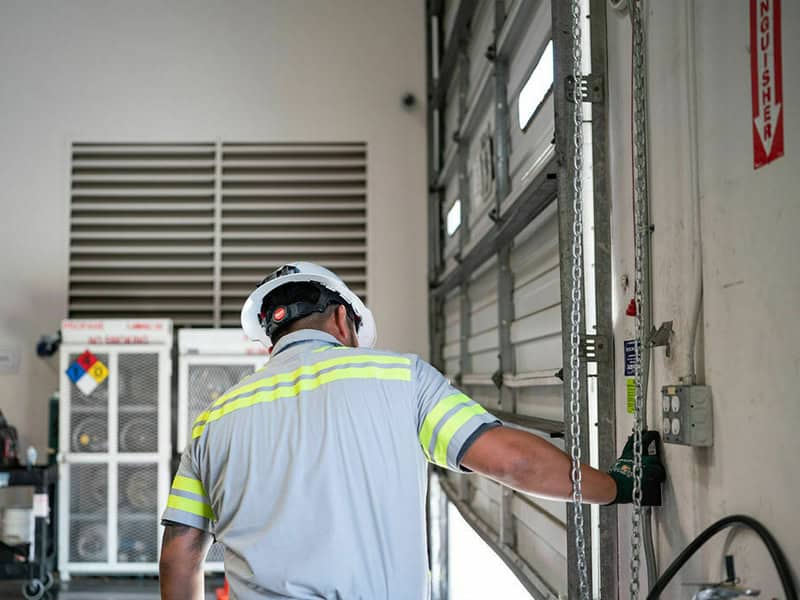 Durability That Outlasts Competitors
Durability That Outlasts Competitors
Steel slats shrug off forklift strikes and hurricanes. When a Texas logistics hub upgraded to ASTA America’s wind-rated doors (20 PSF capacity), they avoided $50K in storm damage last year 118.
Industrial Rolling Doors vs. Traditional Models
High-speed industrial doors aren’t just faster—they’re smarter. They open at 60–100 inches per second (think Amazon fulfillment centers), cutting energy loss during peak hours. Thermally broken designs block cold 40% better than traditional doors, with U-factors as low as 0.532 1420. Plus, IoT sensors predict maintenance needs. One Ohio plant slashed repair costs by 65% using Hörmann’s iDecto alert system 21.
Choosing the Right Door: 3 Key Factors
Material & Environment
Humid coastal site? Aluminum resists corrosion. Freezer warehouse? TNR Chillfast doors lock in cold 2223.Automation Level
Motorized doors with motion sensors rule busy docks. Bonus: They’re OSHA-friendly, reducing workplace accidents 2425.Size & Safety
Custom sizing fits odd openings. For fire-prone areas, prioritize UL-certified models with 90+ minute burn ratings 264.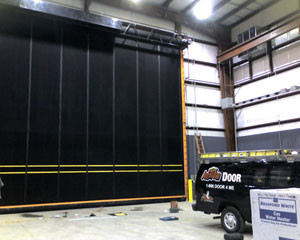
Top-Rated Models for 2025
- Best for Energy Savings: Clopay Pro Series (30% HVAC cost reduction) 1.
- Most Durable: ASTA America 400 Series (50,000-cycle springs for factories) 1.
- Smartest Tech: Hörmann’s app-controlled doors with FingerGuard safety 3021.
Installation & Maintenance Pro Tips
Skip the DIY disasters. Certified installers matter—misaligned guides cause 80% of malfunctions. A Florida dealership learned this the hard way after a botched install led to $8K in repairs 3233.
Maintenance is simple:
- Lubricate tracks every quarter with silicone (never grease—it attracts grime) 33.
- Replace single slats, not whole doors, if damaged.
Cost Breakdown: What to Expect
Doors run $1,000–$10,000+, with installation adding $1,500–$15,000. It’s a steep upfront cost, but ROI kicks in fast. A Nebraska cold storage plant recouped its investment in 18 months via energy savings 3516.
Future-Proof Your Business
2025 trends focus on sustainability and smarts:
- Recycled Steel: Brands like Wayne Dalton now use 70% post-consumer metal 23.
- AI Integration: Predictive maintenance apps warn of spring failures weeks in advance 21.
The Bottom Line
Commercial rolling steel doors are a strategic play. They’re not just about security or energy savings—they’re about staying competitive. Whether you’re shielding a Phoenix warehouse from dust storms or streamlining a Chicago loading dock, the right door pays dividends. As one plant manager told us:
“After switching to high-speed doors, our throughput jumped 25%. Best decision we ever made.”

